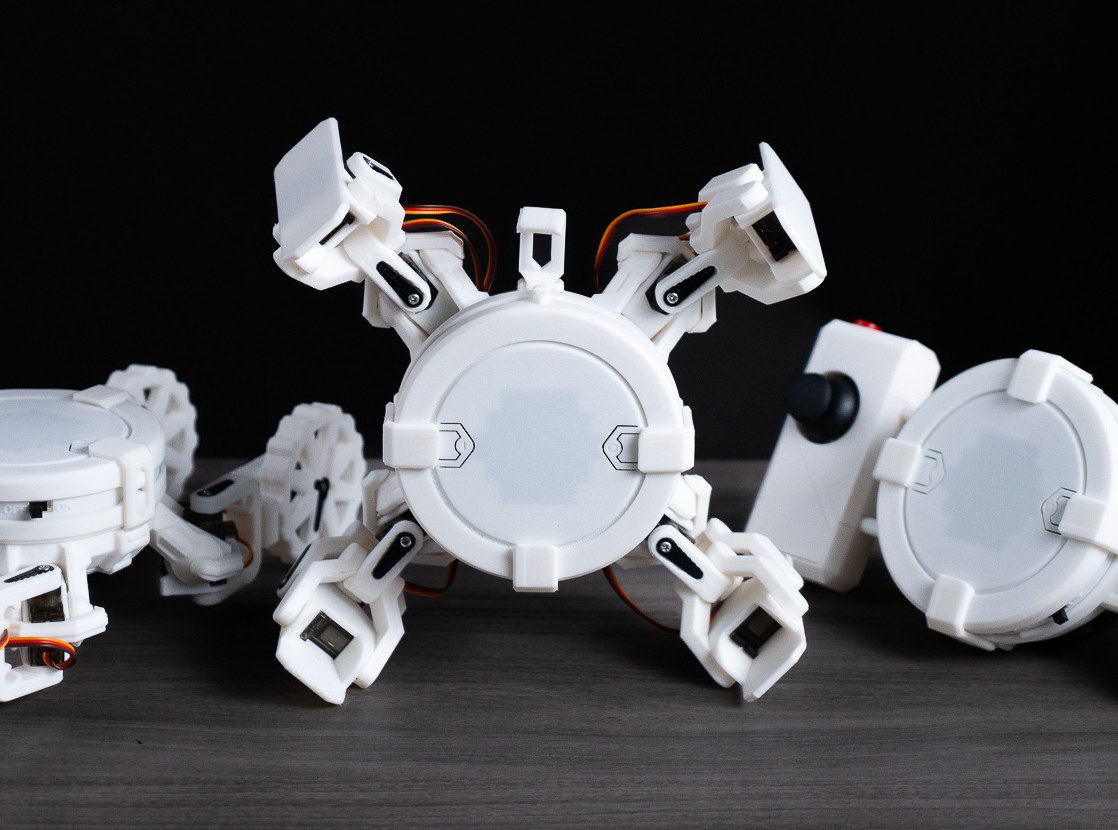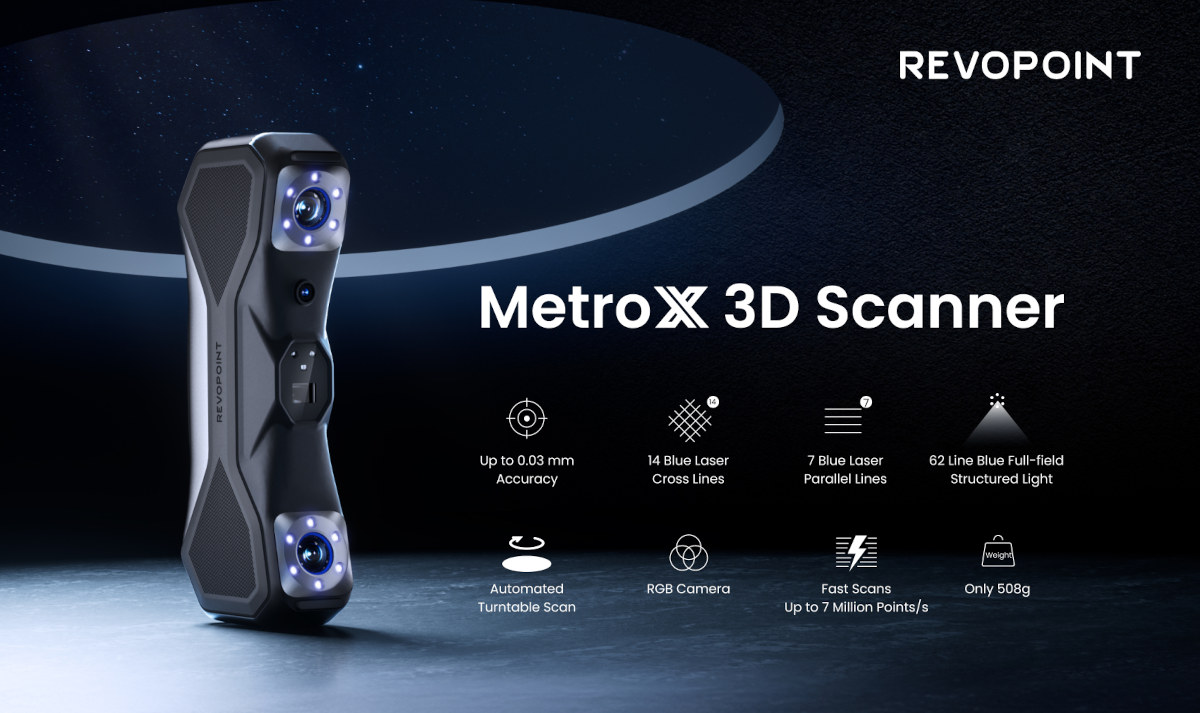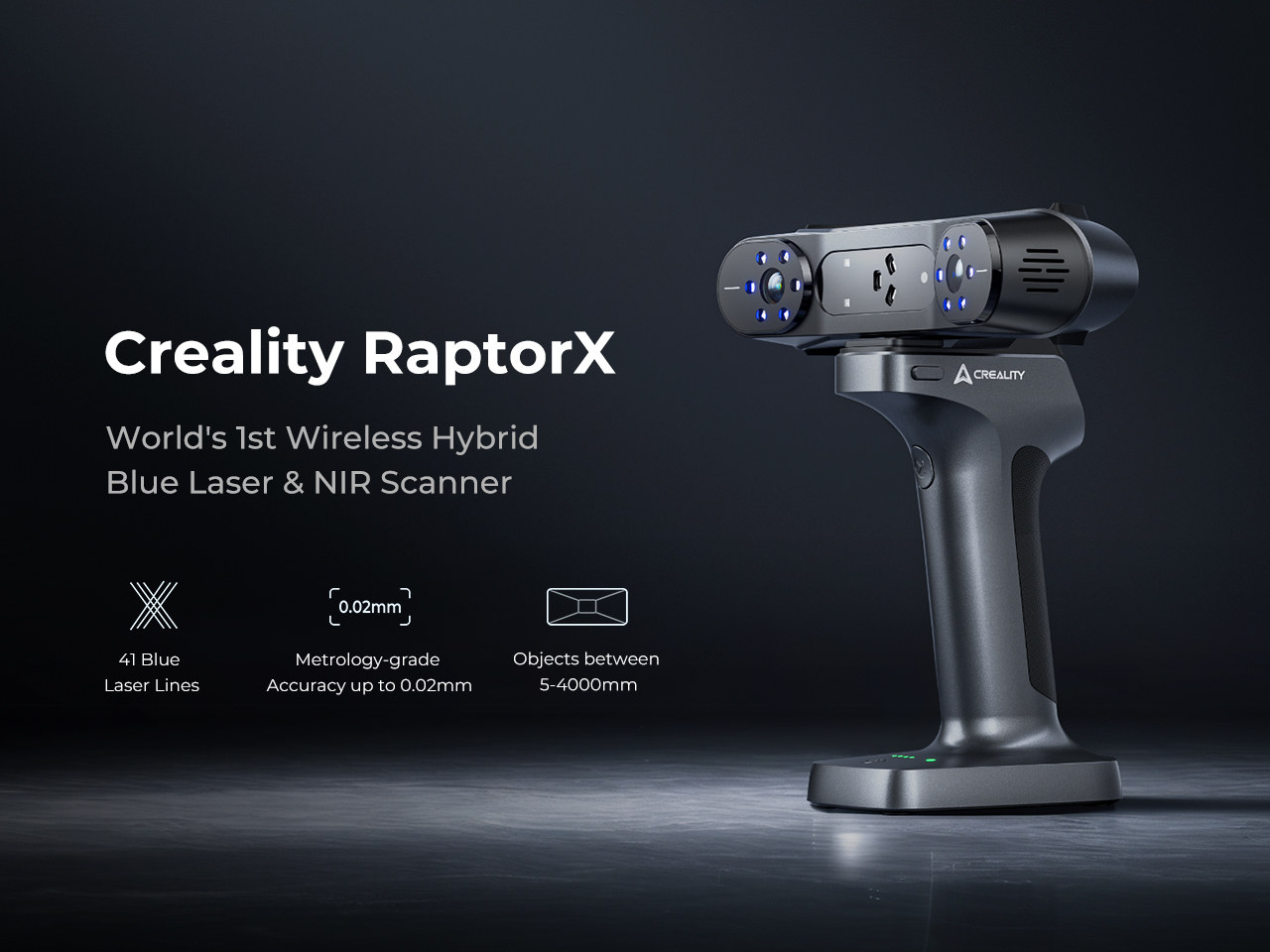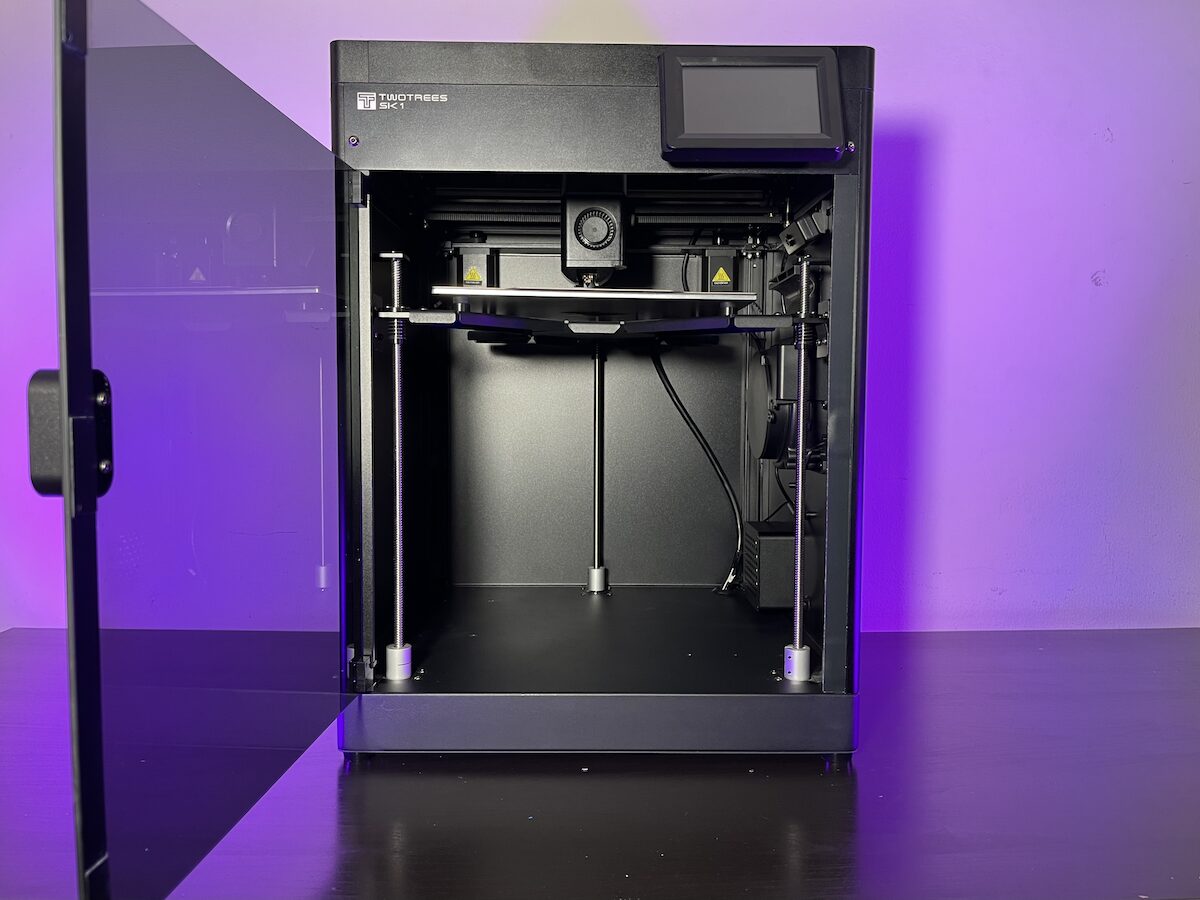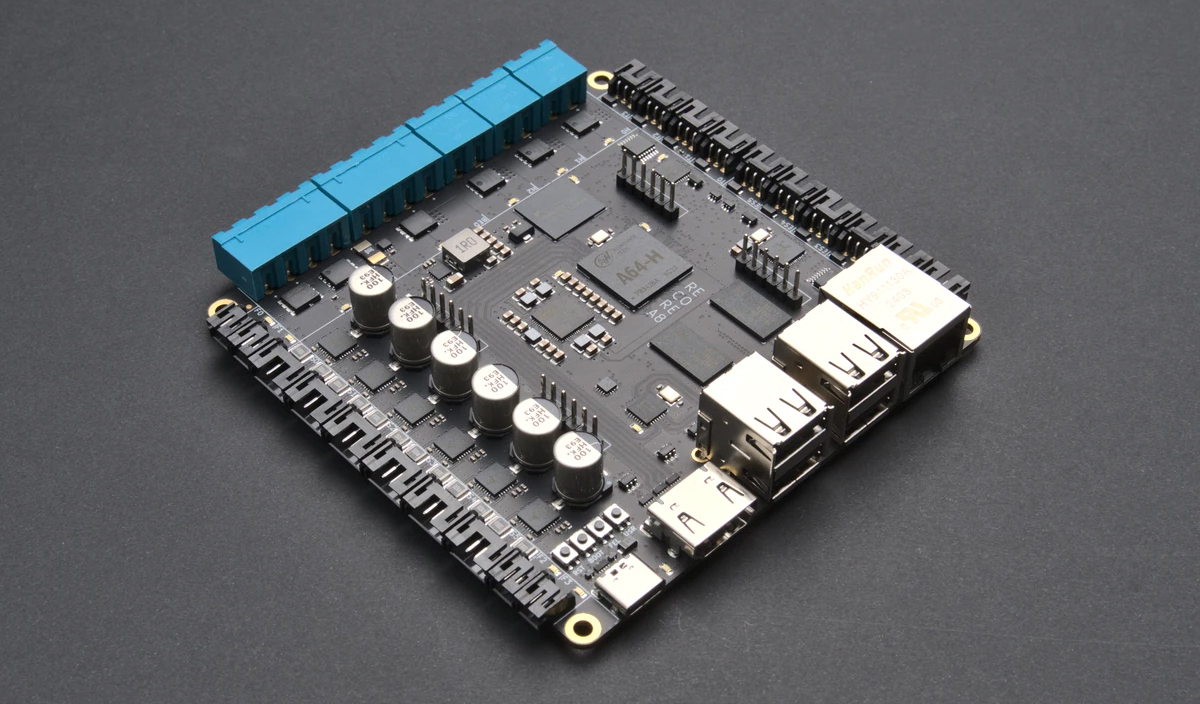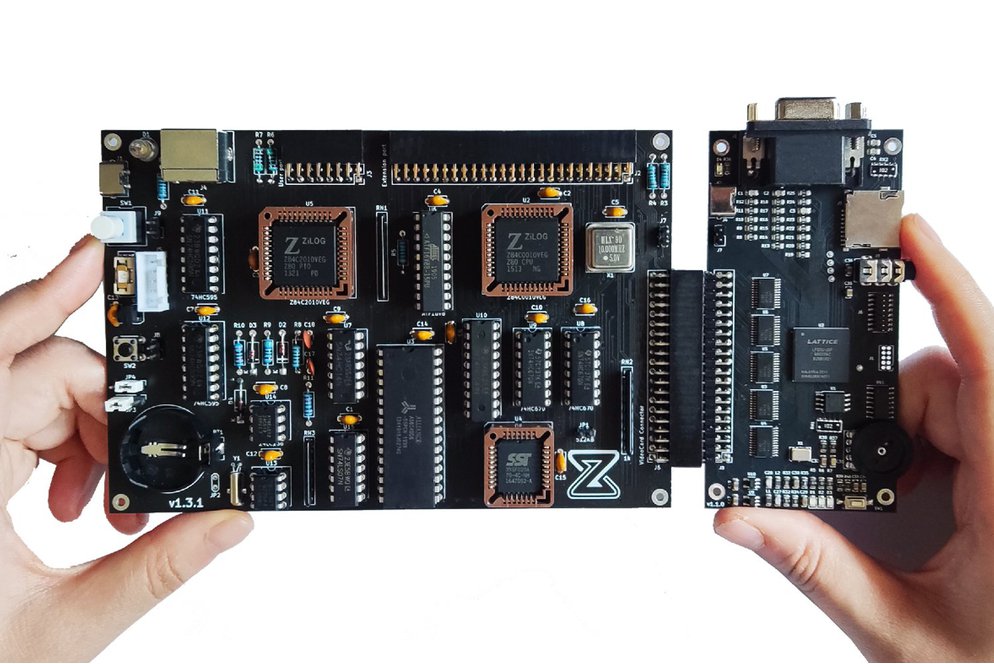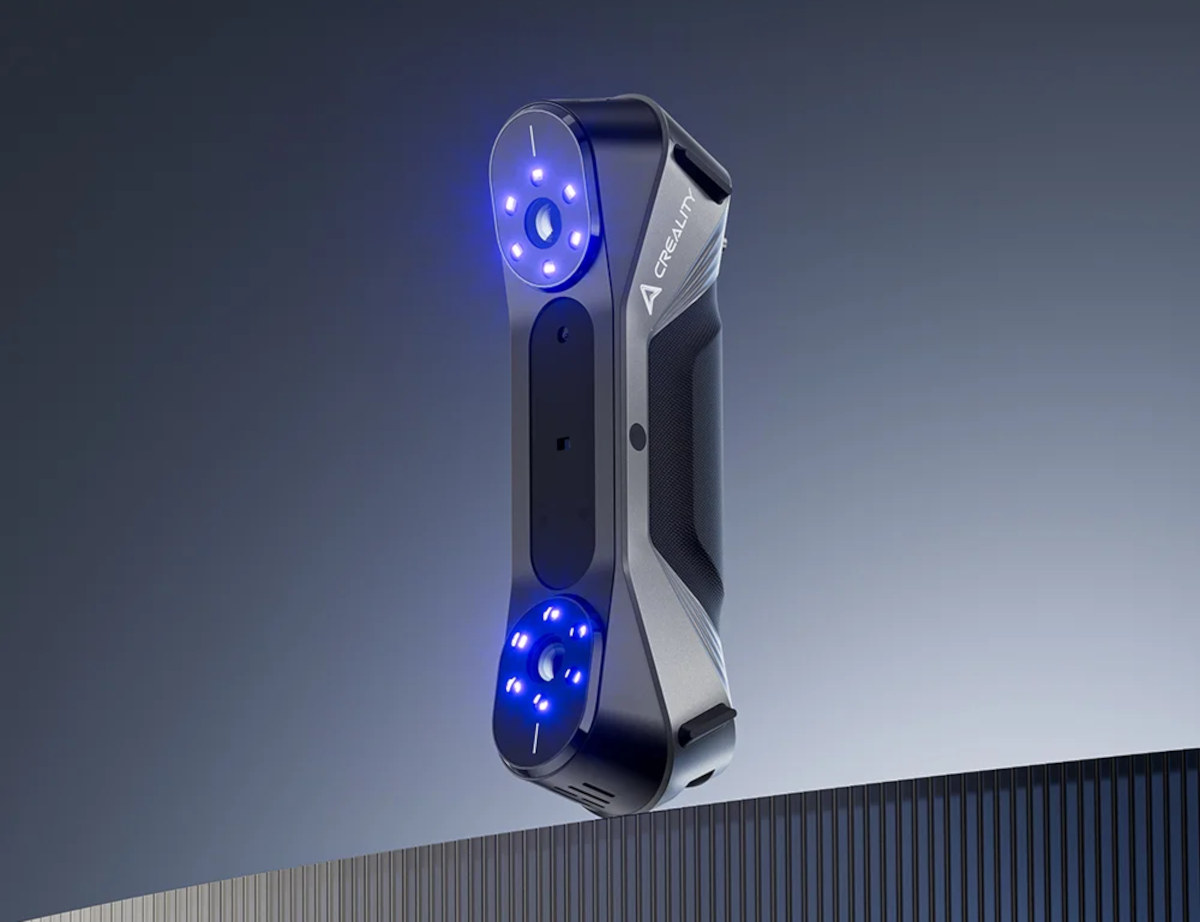While Black Friday and Cyber Monday used to be a US-only event, it changed many years ago, and we’ve been writing about international Black Friday and Cyber Monday deals and coupon codes since 2014, since a large portion of our audience cannot benefit from promotions on Amazon’s Black Friday and Cyber Monday events that will take place from November 21 until December 2 this year. So I’ve gathered some international Black Friday and Cyber Monday 2024 deals and discount coupon codes from relevant manufacturers and popular online stores such as Aliexpress, Banggood, and others. Aliexpress Black Friday and Cyber Monday event Aliexpress’ Black Friday and Cyber Monday 2024 event has already started. There are three periods: Nov 19-21 PST – Warm Up event where users can find and add items to the cart before purchasing during the main event. Nov 22-30 PST – “On Sale” event with discounts up to […]
CYOBot v2 ESP32-S3-based open-source modular robotics platform supports up to 16 servos (Crowdfunding)
Create Your Own Bot (CYOBot) v2 is an open-source, modular robotics platform for students, educators, hobbyists, and future engineers based on the ESP32-S3 microcontroller and featuring up to 16 servo motors for complex control. The CYOBot v2 is a follow-up to the previous quadrupedal robotic platform from the same company. It adds new features such as a modular design, an upgrade to the ESP32-S3 chip, more motor channels, and an expansion block with more peripherals. It also supports integrating AI systems, such as ChatGPT, for added functionality. The CYOBot supports up to three configurations via the CYOBrain — which powers the robotics platform and controls the servo motors — and separate 3D-printed components. The CYOBot Crawler is a four-legged robot powered by eight 180-degree servo motors. The CYOBot Wheeler form factor features four 360-degree motors linked to wheels at the end of each leg and is essentially a hybrid between […]
Revopoint MetroX 3D Scanner: Blue Laser Scanning Breakthrough at an Appealing Price! (Sponsored)
As an innovator in 3D scanning technology, Revopoint has unveiled its latest product, the Revopoint MetroX 3D scanner. The Kickstarter campaign started on October 15th and will run until November 14th, offering MetroX at only $689 (MSRP $999) now. Four Scanning Modes MetroX is a versatile 3D scanner that combines blue laser and blue structured light technology. Its four scanning modes give users the right tools to optimally capture every aspect of small to medium objects, from flat areas to complex details. Cross Lines laser: Fourteen crossed lines rapidly scan larger surfaces at speeds of up to 800,000 points/second. No scanning spray is needed for glossy or black areas. Parallel Lines laser: Seven high-powered parallel blue laser lines are projected to accurately capture fine details, edges, and complex surfaces. Full-field structured light: Using blue structured light, it offers high-speed scanning at up to 7 million points/second for efficient point cloud […]
Creality RaptorX is a high-end portable wireless 3D scanner with 41 blue laser lines and NIR scanning (Sponsored)
Creality RaptorX is the world’s first wireless 3D scanner supporting 41 blue laser lines and NIR scanning. The high-end 3D scanner adds WiFi 6 connectivity compared to the earlier Creality CR-Scan Raptor 3D scanner along with much higher accuracy and other features. The new RaptorX 3D scanner features 41 blue laser lines (34 cross laser lines and 7 parallel laser lines) and infrared structure light (NIR). The 34 cross laser lines are used to scan large objects quickly, while the 7 parallel laser lines scan fine details with a resolution down to 0.02mm. The laser also implements a unique face & body algorithm to capture the human body scan more accurately and much faster (as quick as 2 minutes). The RaptorX is capable of scanning tiny objects fitting into a 5mm cube up to larger pieces within a 4000 x 4000 x 4000mm volume. You’ll find other technical details in […]
Twotrees SK1 3D printer review – Part 2: Enclosure kit and AI camera
We reviewed the Twotrees SK1 CoreXY 3D printer capable of delivering high printing speeds last March, but here’s a second part of the review as the company sent us additional accessories namely the enclosure kit For SK1 and the AI camera for SK1 which we will report on today. The main structure of the enclosure is made of metal sheets plus a door that opens from the front and a top plate made of tempered glass. The SK1 3D printer enclosure makes the 3D printer more beautiful, protects it from dust, is easy to install, and features a fan and air filter system. It’s also designed to mount the AI Camera for SK1 to help users monitor the SK1 while printing is in progress. TwoTrees Enclosure Case Kit For SK1 The interior of the Twotrees SK1 3D printer enclosure is mostly made of metal and includes a tempered glass door […]
Recore A8 – An Allwinner A64-powered 3D printer control board with TMC2209 stepper drivers
The Recore A8 is an all-in-one 3D printer control board built around the Allwinner A64 SoC. The board includes six soldered TMC2209 stepper motor drivers, cooled by an 8-layer PCB for durability. To make the connection better the board features industry-standard JST PH connectors for secure cable connections. Most of the connectors are flexible and support end-stops, Neopixels, servos, inductive probes, and BLTouch. Two Expansion headers on the board allow for two additional stepper motor drivers. Additionally, the board supports various temperature sensors, including regular thermistors, thermocouples, and PT100/PT1000 sensors (PT100 requires an extra board). Elias Bakken has been working on this board since 2019 and in our post about the earlier Recore A5, we have seen how Elias leverages Allwinner A64’s 300 MHz AR100 core to control real-time I/Os. Recore A8 specifications: SoC – Allwinner A64 quad-core Cortex-A53 processor running at 1 GHz, with AR100 32-bit core @ 300 MHz, Mali-400MP2 […]
$180 Zeal 8-bit Computer Complete Edition is an all-in-one retrocomputing platform based on the Zilog Z80 microprocessor
The Zeal 8-bit Computer Complete Edition is a system that aims to bring retrocomputing to the modern age with the aid of a motherboard built around the Zilog Z80 microprocessor and several peripherals. The Zeal 8-bit Computer project began in early 2021 and has been released in bits and pieces since then. Now, a finalized version tagged the “Complete Edition” is ready for release to the public. It promises a modern retrocomputing experience with the simplicity of retro computers and support for relatively recent features such as VGA graphics, TF cards, and NOR flash. The Zeal 8-bit Computer Complete Edition includes the following components: the Zeal 8-bit Computer motherboard, the Zeal 8-bit Video Board, and a 3D-printed enclosure with a touch sensor for turning the board on/off. The Zeal 8-bit Video Board is based on a Lattice ECP5 FPGA and can output up to 65,536 colors via VGA. It also […]
Get Creality CR-Scan Raptor 3D scanner for 10% off for Father’s day 2024 (Sponsored)
Father’s Day is just around the corner, and an ideal gift for a dad may be the Creality CR-Scan Raptor 3D scanner especially since it is now sold for 10% off when using RAPTOR100 discount coupon code. Creality is better known for its 3D printers, but the company is now also selling a 3D scanner as a perfect companion for a 3D printer, and the Creality CR-SCan Raptor 3D is capable of scanning objects up to 2x2x2m. This advanced 3D scanner supports two scan modes namely 7-line Blue laser and infrared binocular structure light (NIR) depending on the required accuracy, frame rate, and model size as we’ll detail in the specifications below. Creality CR-Scan Raptor 3D scanner specifications: Scan modes 7-line Blue laser Accuracy – Up to 0.02mm 3D Resolution – 0.02 – 2mm Scanning Speed – Up to 60fps Single Capture Range – 270x170mm @ 300mm Working Distance – […]



